Have you ever found your cat nibbling on your favorite woolen sweater? This isn't just a feline quirk but a behavior. These are known as wool-sucking cats.
It might seem like a harmless, even endearing habit, but it could be a sign of something more.
It might be a mere annoyance, a potential health concern, or even an indicator of an underlying emotional issue.
Intriguingly, this habit often kicks in during a cat's mid-life.
So, the next time you find your cat with a mouthful of fabric, pause and ponder. There's a fascinating story behind it, and we're about to unravel it together.
Why Do Cats Suck On Wool
The exact cause of this behavior has not been fully studied but many theories abound:
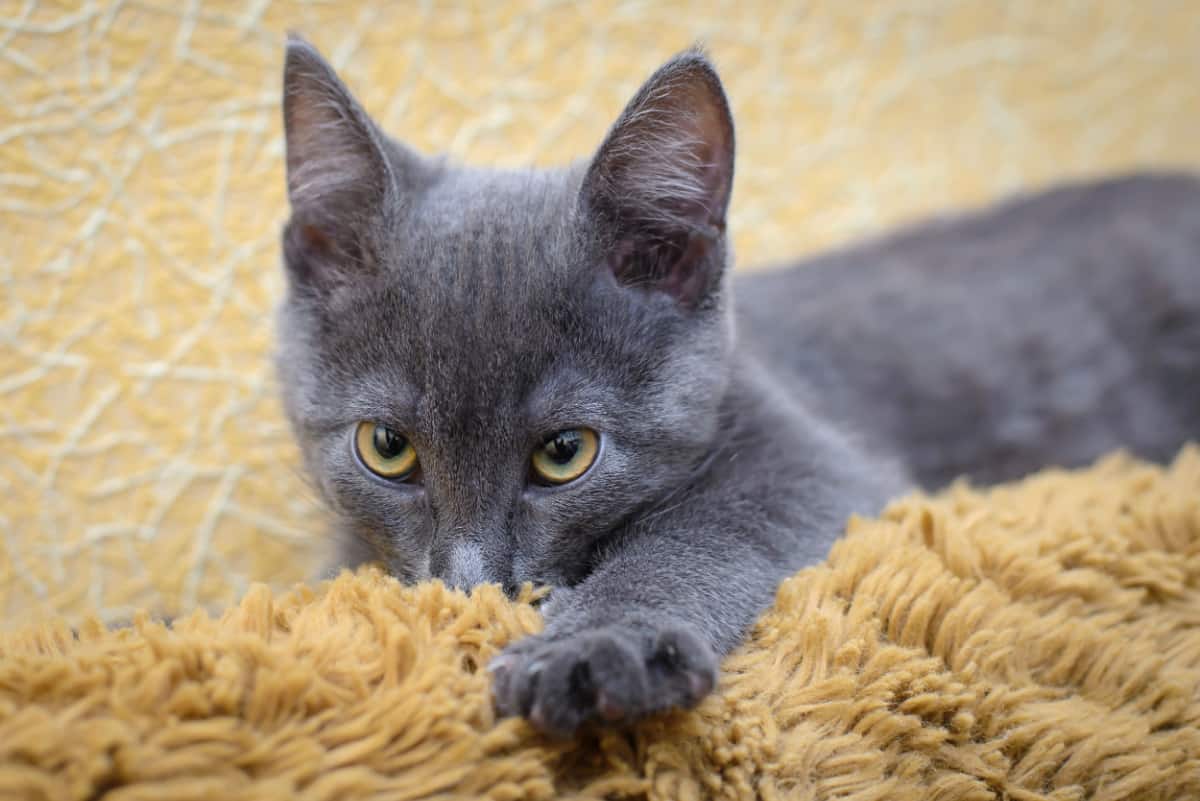
1. Early Weaning
Most domestic cats are weaned at 6-7 weeks, but sometimes early weaning occurs due to the death of the queen or someone adopting out the kittens before they are fully weaned.
The instinct to suckle is very strong in young kittens, and they may continue to try to suckle anything soft, warm, and fuzzy that resembles a mother cat.
This may be a blanket, a toy, or your favorite cashmere sweater.
2. Stress
If a cat is stressed, it may exhibit obsessive-compulsive behaviors, of which wool sucking is one. Others include fur-pulling, paw-sucking, tail-chewing, or flank-licking.
3. Genetics
Oriental breeds, such as Siamese, Balinese, and Tonkinese, and their crosses seem to be more prone to wool-sucking than European or North American breeds.
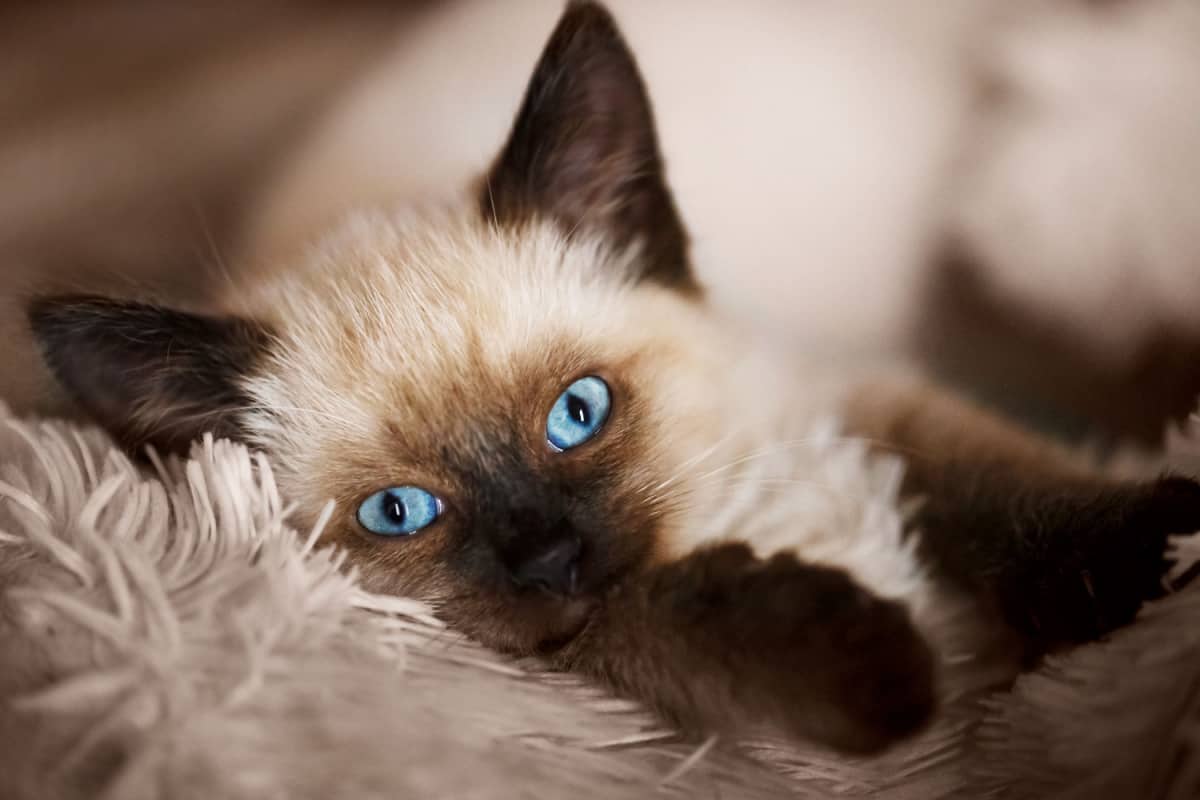
4. Diet
The wool-sucking cat may lack fiber in its diet, and cats cannot distinguish dietary fiber from non-dietary fiber.
If the cat confines its sucking to wool only, it may be attracted to the taste of lanolin (this may also be the reason cats like to lick human skin after the lotion has been applied).
5. PICA
This is the abnormal compulsion to eat non-food substances, such as clothing, plastic, wood, etc.
It is most often associated with pregnant women but is also seen in non-pregnant women and animals.
How To Handle The Sucking Behavior
In addition to being hard on your wardrobe, wool sucking can lead to health problems for the cat.
Just like hairballs, ingested fibers can impact a cat's digestive tract, causing obstructions requiring veterinary care, up to and including surgery, or (in extreme cases) euthanasia.
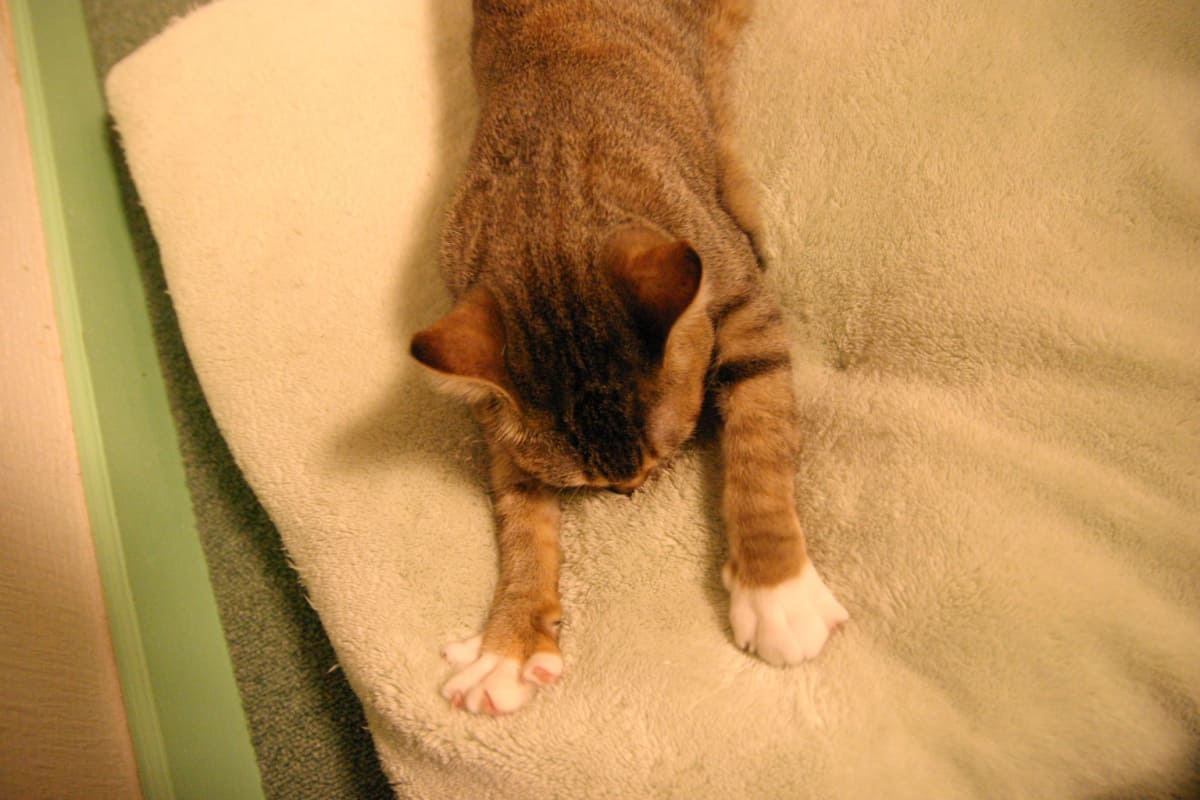
If the cat becomes lethargic, constipated, and/or begins vomiting excessively, have it checked by a vet for a vitamin/mineral deficiency or gastrointestinal obstruction.
If your cat has a wool-sucking problem, the right course of action would be to consult your veterinarian first and a cat behaviorist next.
How To Prevent Wool Sucking
Here below is a quick review of methods to prevent or discourage wool sucking, but please note that different cases may require different action plans.
An experienced cat behavior consultant can help you determine which is best for your cat.
SIGN UP FOR THECATSITE'S EMAIL UPDATES >
1. Avoiding Early Weaning
One of the best ways to prevent a wool-sucking problem is by making sure that kittens are never separated from the mother cat before the age of 12 weeks.
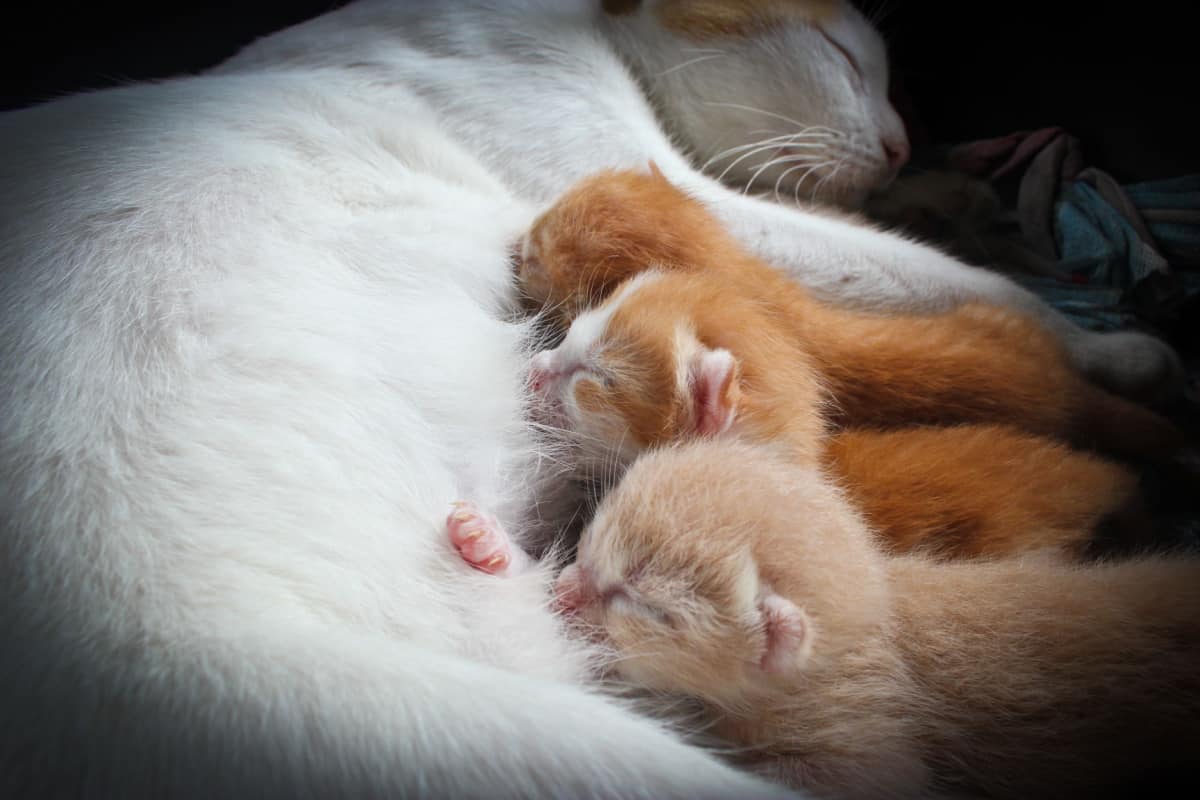
Professional, ethical cat breeders would never part with a kitten before it is 12 weeks old and sometimes even 16 weeks old, for that reason.
2. Diet
Feeding the cat a high-fiber diet of dry cat food sometimes eliminates or decreases wool sucking, as does feeding lanolin. The lanolin has the added benefit of easing the passage of hairballs.
3. Aversion
If the cat has one favorite object and it won't harm the fabric, pet deterrent sprays may sometimes help.
This, and other deterrence techniques, should be used with caution, as they do not address the cause of the problem.
4. Diversion
When the cat is observed suckling, replace the item with a fuzzy toy, an old sock, a rawhide chew, or a beef bone.
There is also a product called The Catsifer. This is a cat-shaped pillow, covered in faux fur on one side and has four latex nipples on the other.
The manufacturer claims that this allows the cat to safely satisfy the need to suck.
5. Isolation
Keep all blankets, sweaters, etc., safely put away. If the cat's desired object is a piece of furniture, isolate the cat from that room.
The latter could be a problem if the object of desire is the blanket on your bed.
6. Medication
If the wool sucking is caused by stress, antidepressants, such as clomipramine (Clomicalm), fluoxetine (Prozac), paroxetine (Paxil), and sertraline (Zoloft) have proven effective.
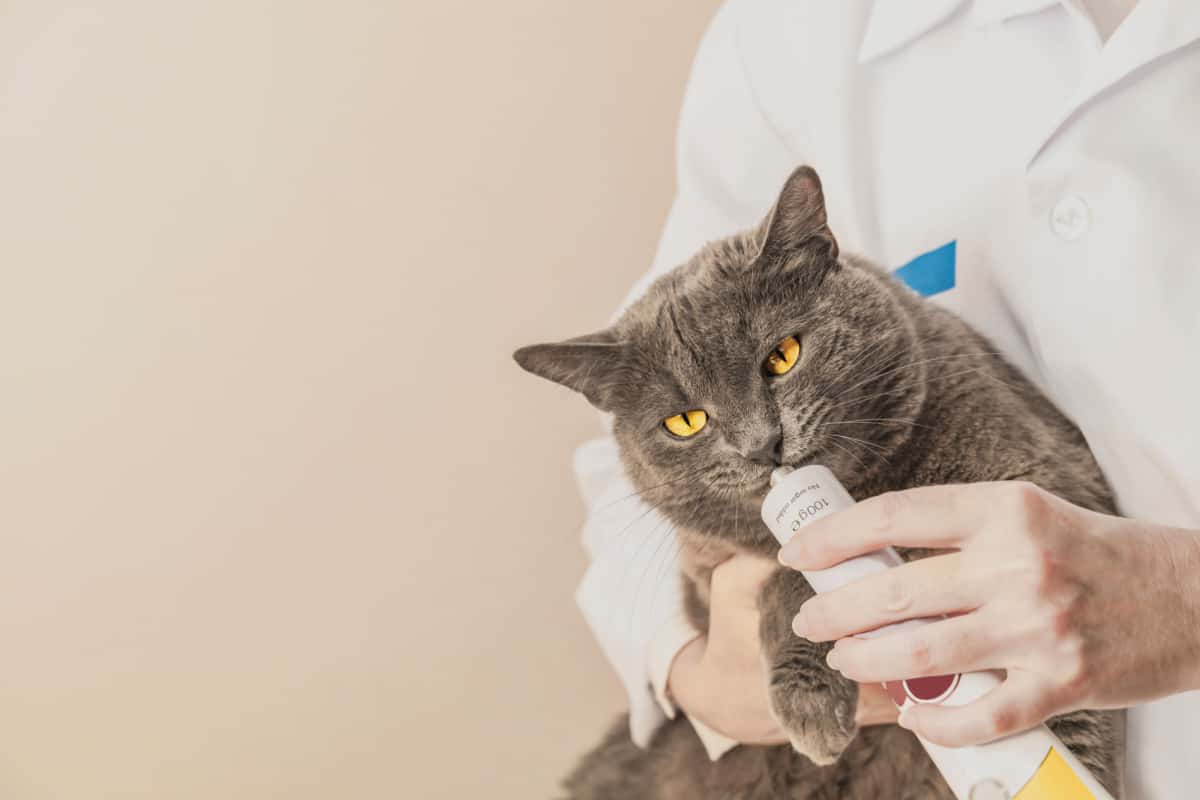
These drugs may take four to six weeks to start working, and peak effects may not be seen for up to three or four months.
When antidepressants don't work, anti-anxiety medications, such as buspirone (BuSpar), may sometimes do the trick. In some cases, 0.5 mg of thyroid hormone has been effective.
Care must be taken when administering drugs, especially as they can interact with other medications the cat may be on.
As always, your veterinarian is the only person qualified to determine if a course of drugs should be used and how.
Putting the Final Stitch in the Wool-Sucking Tale
We've journeyed through the intriguing world of cats and their wool-sucking habits, uncovering causes from early weaning to stress and even dietary influences.
But the journey doesn't end there. With a variety of strategies at our disposal, from diet adjustments to diversions, we can address this behavior effectively.
If your cat is a wool-sucker, it's time to consult a vet or cat behaviorist. Together, let's make sure our purring pals are not just happy but healthy too!
Comments? Leave them using the form below. Questions? Please use the cat forums for those!
SIGN UP FOR THECATSITE'S EMAIL UPDATES >
For more information on cat health, please see the articles below.
Note: We may get commissions for purchases made through links on this page.




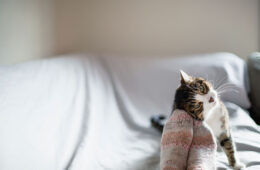
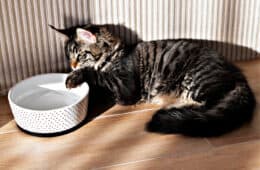
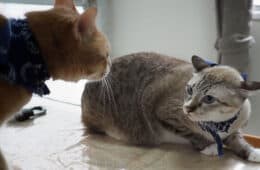
4 comments on “Wool Sucking Cats – A Deep Dive Into This Unique Behavior”